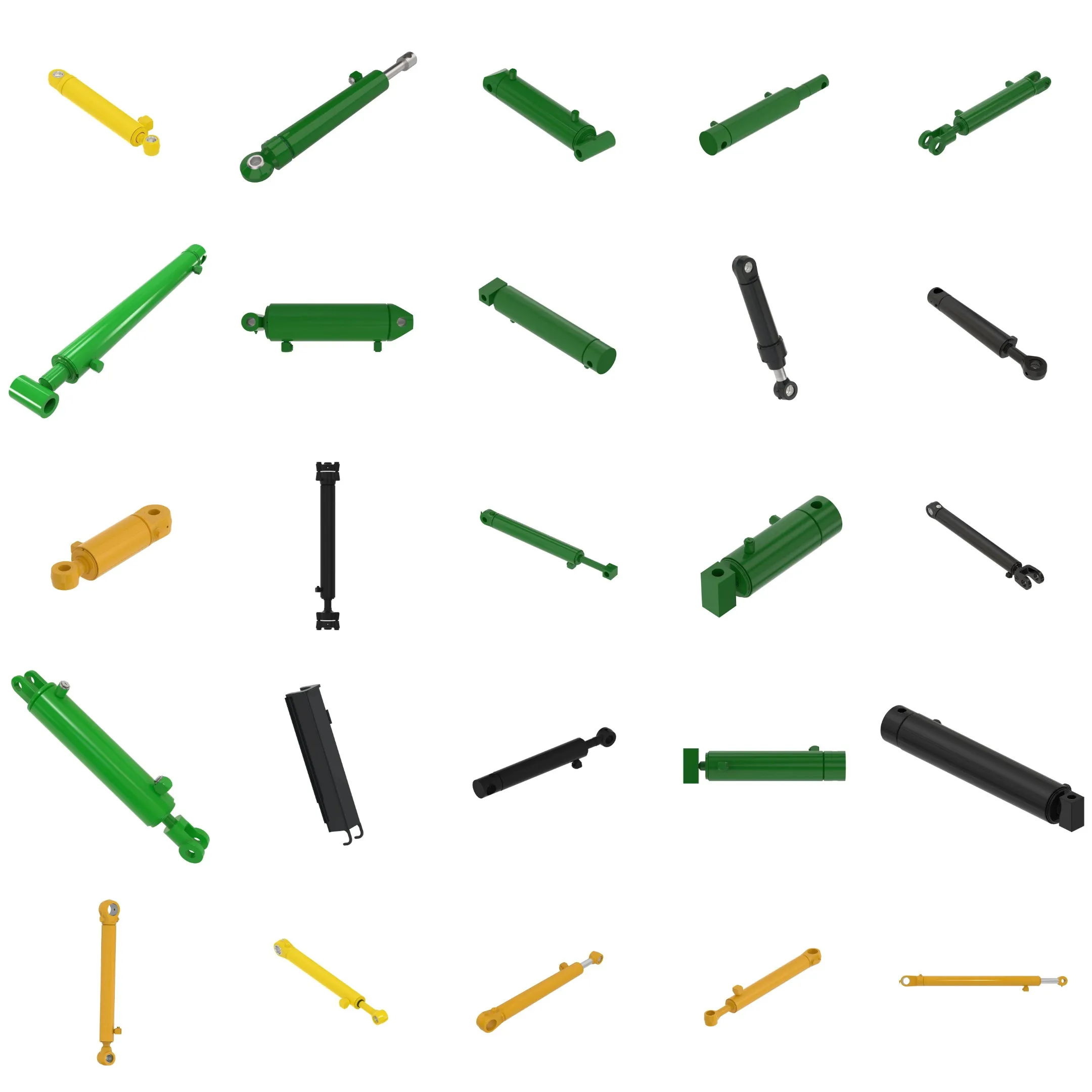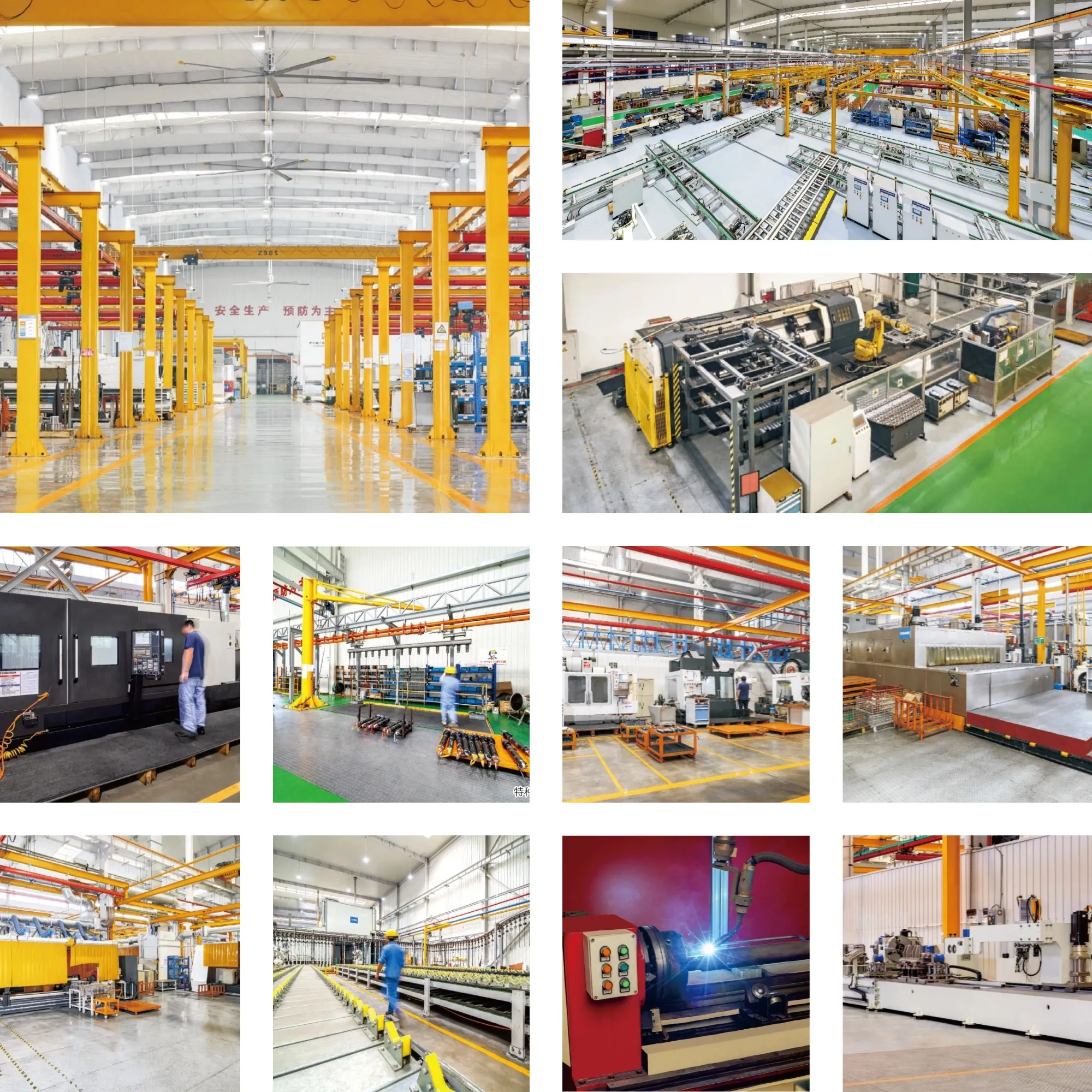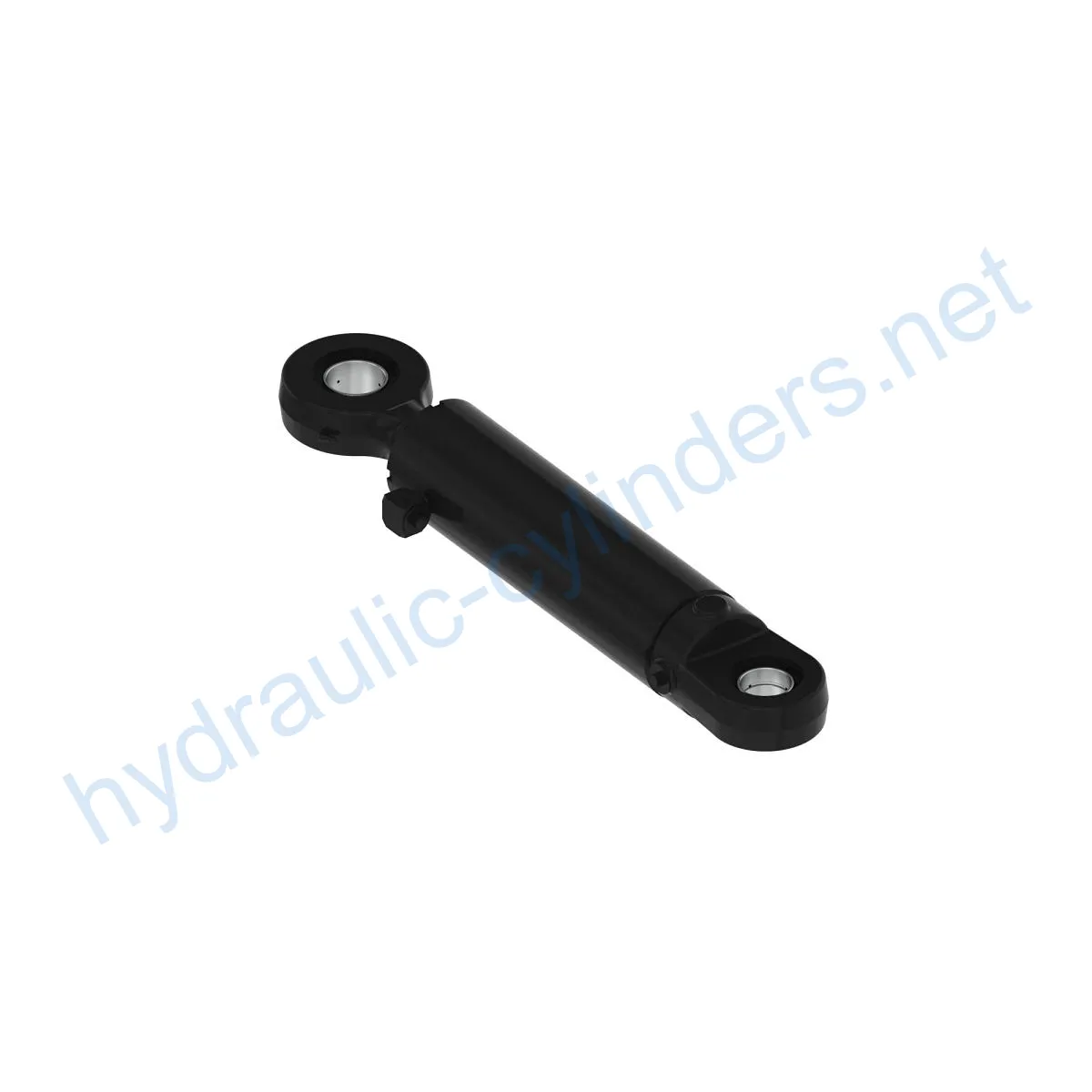Replacement Of AHC14675 Hydraulic Cylinder
Mint a hidraulikus hengerek egyik gyártója, szállítója és exportőre a mechanikai termékek, kínálunk hidraulikus hengerek és sok más termék.
Kérjük, lépjen kapcsolatba velünk a részletekért.
Posta:sales@hydraulic-cylinders.net
Hidraulikus hengerek gyártója, szállítója és exportőre.
Replacement Of AHC14675 Hydraulic Cylinder
The Replacement Of AHC14675 Hydraulic Cylinder is a high-quality hydraulic cylinder that is designed to replace the original cylinder and ensure the proper functioning of the equipment. It is an essential component that plays a crucial role in various applications.
Specifications
- Weight: 143 lb
- Height: 5.75 in
- Width: 8 in
- Length: 38.25 in
Compatible Models
- 450J
- 450K
- 550J
- 550K
- 650J
- 650K
Key Features
- Improved Equipment Performance: Replacing damaged or worn hydraulic cylinders can restore the equipment’s normal operational capabilities, ensuring its performance in various applications.
- Enhanced Safety: Regularly replacing hydraulic cylinders can reduce safety hazards caused by cylinder failures, ensuring the safety of operators and equipment.
- Overload Protection: The new cylinder designs often incorporate better overload protection mechanisms, enhancing safety.
- Quick Installation: Modern hydraulic cylinders are designed with easy installation and replacement in mind, reducing downtime.
- Standardized Components: Many hydraulic cylinders are standardized products, making it easier to obtain replacement parts in the market.
We are capable of producing this product and our cylinders are a perfect replacement for the ones mentioned above.
Applications
- Excavators: The hydraulic cylinders in excavators, whether in the boom or bucket, may get damaged due to prolonged use or overload, requiring replacement to restore normal operation.
- Cranes: The boom hydraulic cylinders in cranes are prone to wear and tear during frequent lifting and lowering processes, necessitating regular replacement to ensure safety.
- Tractors: The hydraulic cylinders in front-end loaders of tractors may experience leaks or performance degradation during constant lifting and tilting operations, requiring replacement.
- Harvesters: The hydraulic system endures high pressure during harvesting, and fatigue can lead to cylinder damage, requiring timely replacement to maintain work efficiency.
- Automated Production Lines: Hydraulic cylinders are used to control robotic arms and other automated equipment. Cylinder failures can significantly impact production efficiency, necessitating immediate replacement.
Maintenance Tasks
- Regular Inspection: It is important to conduct regular inspections to check for any signs of wear, leaks, or damage in the hydraulic cylinder.
- Proper Lubrication: Adequate lubrication is crucial for the smooth operation of the hydraulic cylinder. Follow the manufacturer’s guidelines for the correct lubrication procedure.
- Seal Replacement and Calibration Check: Periodically replacing seals and conducting calibration checks ensure optimal performance and prevent potential issues.
During installation, provide proper alignment guidance for the cylinder, recommend the use of appropriate installation brackets to secure the cylinder, and suggest inspection, repair, and replacement procedures. We also provide replacement parts and rebuilding services to extend the lifespan of the hydraulic cylinder.
Safety Considerations and Environmental Factors
When using hydraulic cylinders, it is essential to prioritize safety measures. Following safety protocols and ensuring proper use of the cylinders can prevent accidents and ensure the well-being of operators and the environment.
Troubleshooting and Common Issues
1. Leakage: If there are signs of hydraulic fluid leakage, check the seals and connections for any damages or misalignments. Replace the faulty components to resolve the issue.
2. Insufficient Pressure: If the hydraulic cylinder fails to generate enough pressure, check the hydraulic pump and valves for any malfunctions. Properly calibrate or replace the affected parts.
3. Slow Operation: If the hydraulic cylinder operates slower than normal, check the hydraulic fluid levels and quality. Insufficient or contaminated fluid can affect performance. Replace or refill the fluid as necessary.
For more specific troubleshooting and problem-solving techniques, consult the manufacturer’s guidelines or seek professional assistance to diagnose and address the issues effectively. Additionally, implementing preventive measures can minimize potential problems.

Design Considerations and Selection Criteria
1. Load-bearing Capacity: The hydraulic cylinder should be able to withstand the maximum load it will encounter during operation.
2. Sealing: The use of various seals, such as piston seals and rod seals, made from durable materials like polyurethane or nitrile rubber, ensures effective sealing.
3. Durability: The cylinder body and threaded ends should undergo precise surface treatment to enhance wear resistance and increase durability.
4. Safety: Incorporating safety features like overload protection mechanisms and proper installation guidelines ensures safe operation.
5. Maintenance: Easy access for inspection, repair, and replacement procedures contributes to the overall maintenance of the hydraulic cylinder.
Sealing and Lubrication
The hydraulic cylinder utilizes various sealing components, including piston seals and rod seals, which are made from wear-resistant materials like polyurethane and nitrile rubber. The cylinder body and threaded ends undergo precision treatment to improve wear resistance. Regular lubrication with the appropriate amount of hydraulic oil is necessary to ensure smooth operation and longevity.

Regular Inspection and Preventive Maintenance
1. Proper Installation: Correct alignment and guidance during installation are essential to ensure optimal performance. Use appropriate installation brackets to secure the cylinder in place.
2. Lubrication: Follow the recommended lubrication intervals and procedures provided by the manufacturer to maintain smooth operation.
3. Calibration Check: Periodically calibrate the hydraulic cylinder to ensure accurate performance. Inspect and replace components as necessary.
Organize the article logically with subheadings for easy navigation. Incorporate relevant images or charts to enhance understanding. Ensure that the content is clear, concise, and suitable for readers with different levels of technical knowledge.
About Our Company
We are a leading manufacturer and wholesale distributor of hydraulic cylinders in both domestic and international markets. Our company offers a comprehensive range of products and is committed to providing customized solutions to meet various customer needs.

Our strengths include:
- Professionalism and Expertise
- International Certifications
- Customization Services
- State-of-the-Art Production Equipment
- After-Sales Services
Take a Tour of Our VR Factory:
Take a tour of our VR factory with the following
Hydraulic Cylinder Application:


